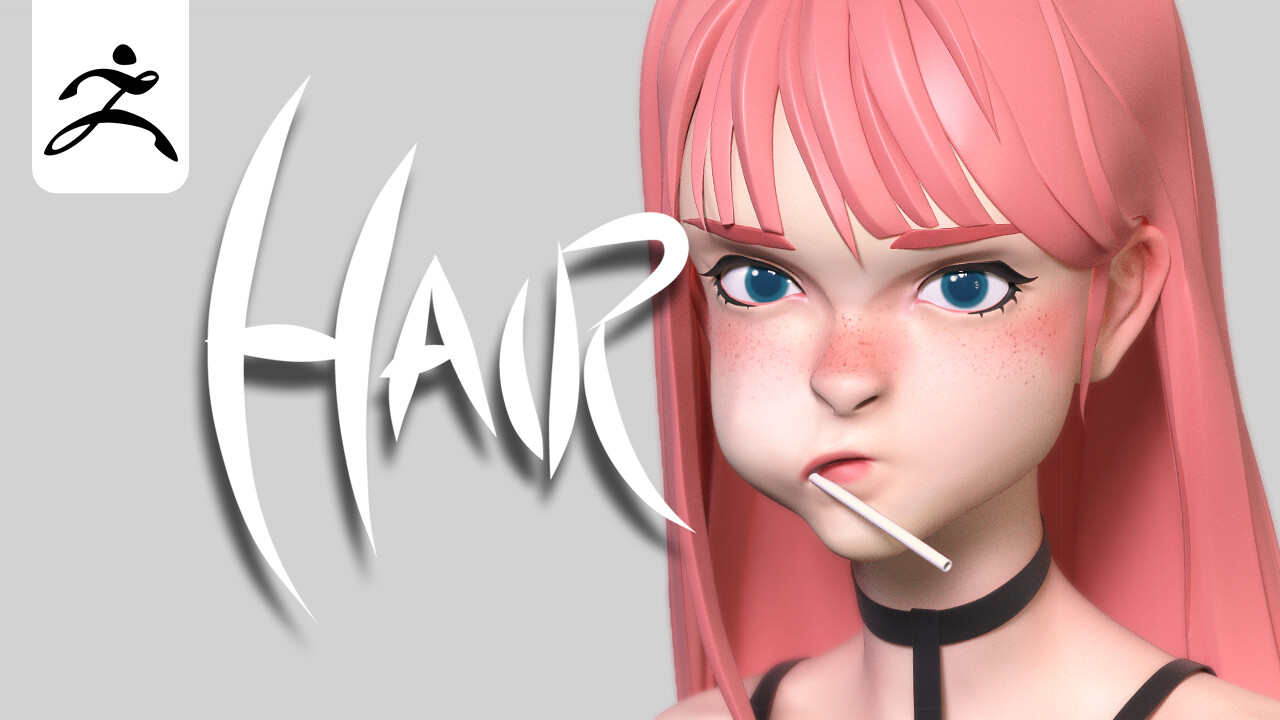Step-by-Step Tutorial: Wrapping Models and Transferring Textures Using Faceform Wrap
This tutorial will guide you through the process of wrapping 3D models and transferring textures using Faceform Wrap. This technique is commonly used by professionals to streamline their workflow and achieve high-quality results. Let’s dive into the detailed steps!
https://youtu.be/813BCbIwGiE?si=xQdcYeScwGBEXyEw
Step 1: Load Your Geometry
Start by loading the first geometry. In this case, we will use the Lucy Liu model. Navigate to the viewport 3D tab and select the visualizer model under the editor. You’ll find options for turning the wireframe on and off, which can be useful for visualization. To rename your geometry, press F2 over the geometry node.
Step 2: Load the Second Geometry
Next, load the second geometry, which will be the XYZ face geometry. This model is beneficial because it comes with a variety of baked maps that we will transfer later. After loading, quickly rename it to XYZ for easy reference.
Step 3: Create Splines for the Wrapping Process
Now, create a new node called “Select Points with Splines”. This node is preferred over the older “Select by Points” because it makes the wrapping process smoother. Ensure to keep it topological, as both meshes are topologically symmetrical. This is crucial for the wrapping process.
When creating splines, pay attention to the order and direction in which you create them. Typically, for heads, splines should be created for the eyelids, nasolabial fold, the Vermilion border (mouth), ears, and neck. This setup usually provides enough control for the wrapping process.
If you happen to place the splines incorrectly, don’t worry; you can reshape them later. It’s important to ensure that both geometries have the same number of splines, which can be checked in the visual editor.
Step 4: Pair the Points
Create a “Point to Pairs” node to link both geometries together. This step will help you verify that both geometries are aligned correctly.
Step 5: Fast Wrapping Node
Next, create a “Fast Wrapping” node. You might wonder why to use a fast wrapping node instead of the standard one. Based on experience, fast wrapping tends to produce a better initial result, which can then be refined further.
Step 6: Fix Artifacts with the Brush Node
After wrapping, use the “Brush Node” to fix any small artifacts that may have occurred during the wrapping process. Adjust the radius of the brush to suit your needs. The two main brushes to use are the “Relax Projection” and “Move Projection”. These will help address any topology issues effectively.
Step 7: Create a Final Wrapping Node
Create a wrapping node to finalize the geometry. In this node, set up the input and output without selecting by points. This will help fix any small intersections and relax the geometry further.
Step 8: Transfer the Textures
Now, it’s time to transfer the textures. Create a “Transfer Texture” node. In this setup, invert the inputs where the first input will be the XYZ head, and the second input will be your newly wrapped base mesh. Load the albedo map on top of the XYZ head.
To isolate and view the transfer result, hit control and display the node. You may need to adjust the resolution; while the XYZ maps come in 16K, for efficiency, set it to 4K for quicker transfers.
Step 9: Extrapolate Image Node
If you notice any empty spaces in the texture transfer, you can fix that by creating an “Extrapolate Image” node. This will help fill in the gaps effectively.
 Step 10: Duplicate and Finalize the Transfer
Step 10: Duplicate and Finalize the Transfer
Duplicate the initial geometry and place it at the end of your chain. Set the image input to your transferred textures. At this point, you may notice some errors, particularly around the eyelids. To address this, create a “Blend Shape” node.
Load the blend shape geometry, which typically includes a closed-eye version. Set the first input to the open eyelid and the second to the closed version. A blend shape value of 0.5 is recommended for optimal texture transfer.
Step 11: Final Adjustments
Make sure to reconnect your nodes properly and address any remaining topology issues manually. Spend extra time on tricky areas like the eyelids, as they often require more attention.
Step 12: Save Your Work
Once everything looks good, create a “Save Image” node to finalize your template. Name it appropriately and compute the current frame. You can choose different formats depending on the source image you’re using.
Conclusion
With this process, you now have a professional template ready for use. Faceform Wrap simplifies the workflow of wrapping models and transferring textures, making it a top choice for artists aiming for efficiency and quality. If you’re looking to enhance your 3D modeling skills, using Faceform Wrap is definitely the way to go!





